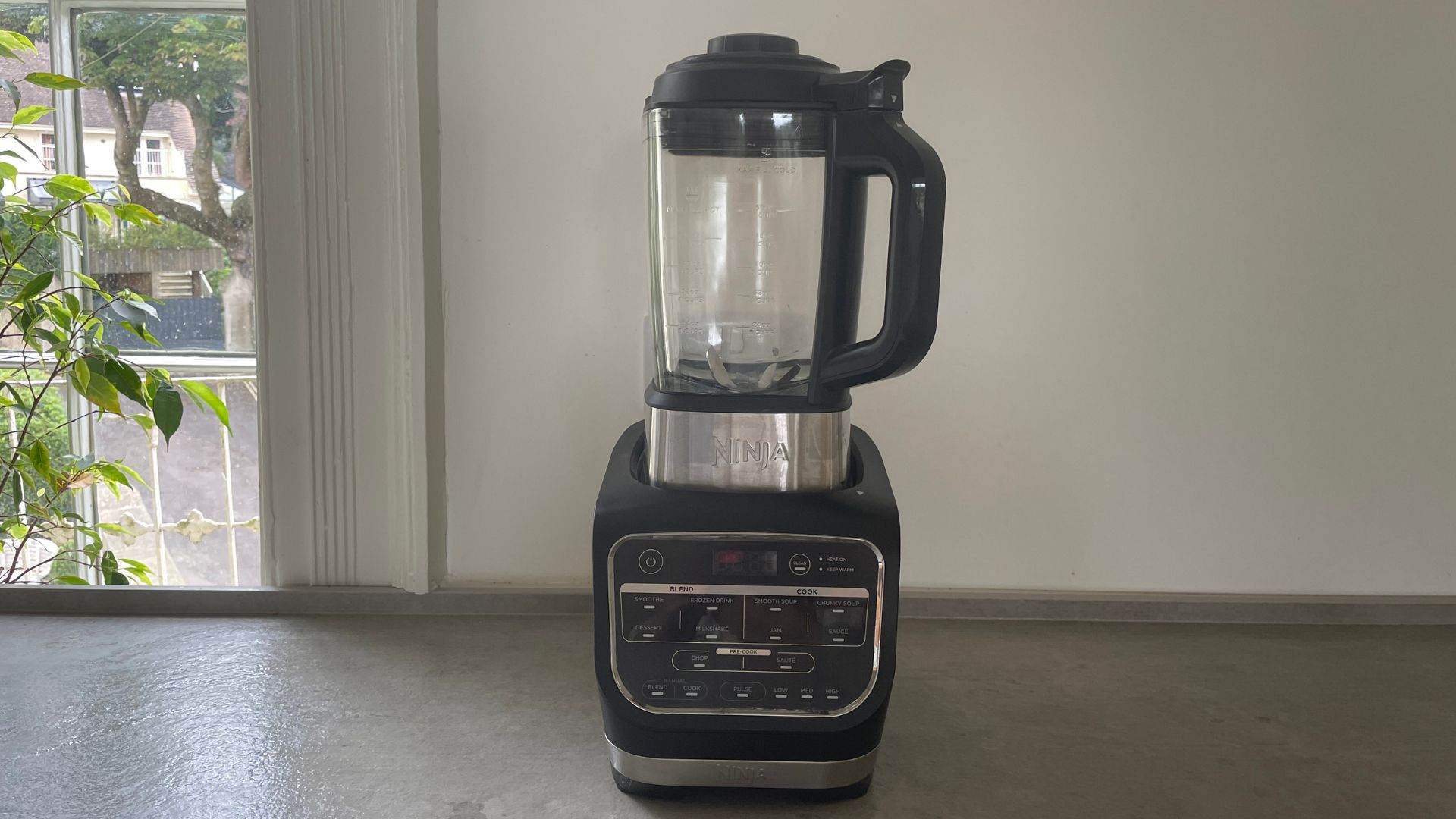
The Ninja Foodi Hot + Cold Blender promises the world. It can make smoothie bowls, jams, ice creams, nut butters, hot soups, chopped vegetables, and more. There are other blenders that promise something similar, but none as good as this.
The first time I ever came across the Ninja Foodi Hot + Cold was in our test kitchen. Four other experts from sister magazines and I were testing the blender. All of us went away and bought the Ninja Foodi Hot + Cold Blender. It really is that good.
We knew from the minute that it poured out some perfect butternut squash soup that this was the best blender for making soup. It can chop vegetables, make jams, smoothie bowls, nut butters, and more. Think of it as your sous chef, nut better.
Specifications
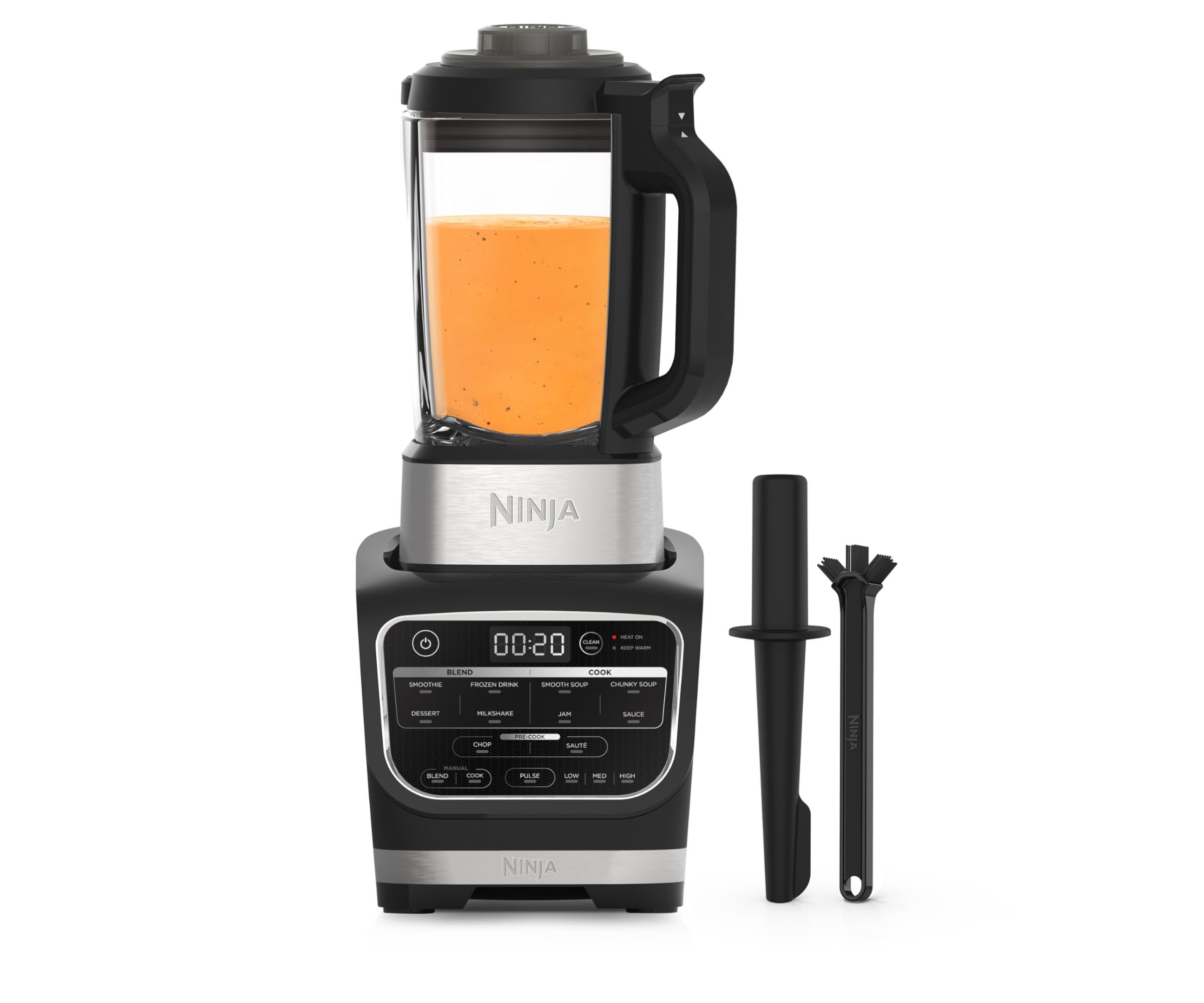
Unboxing
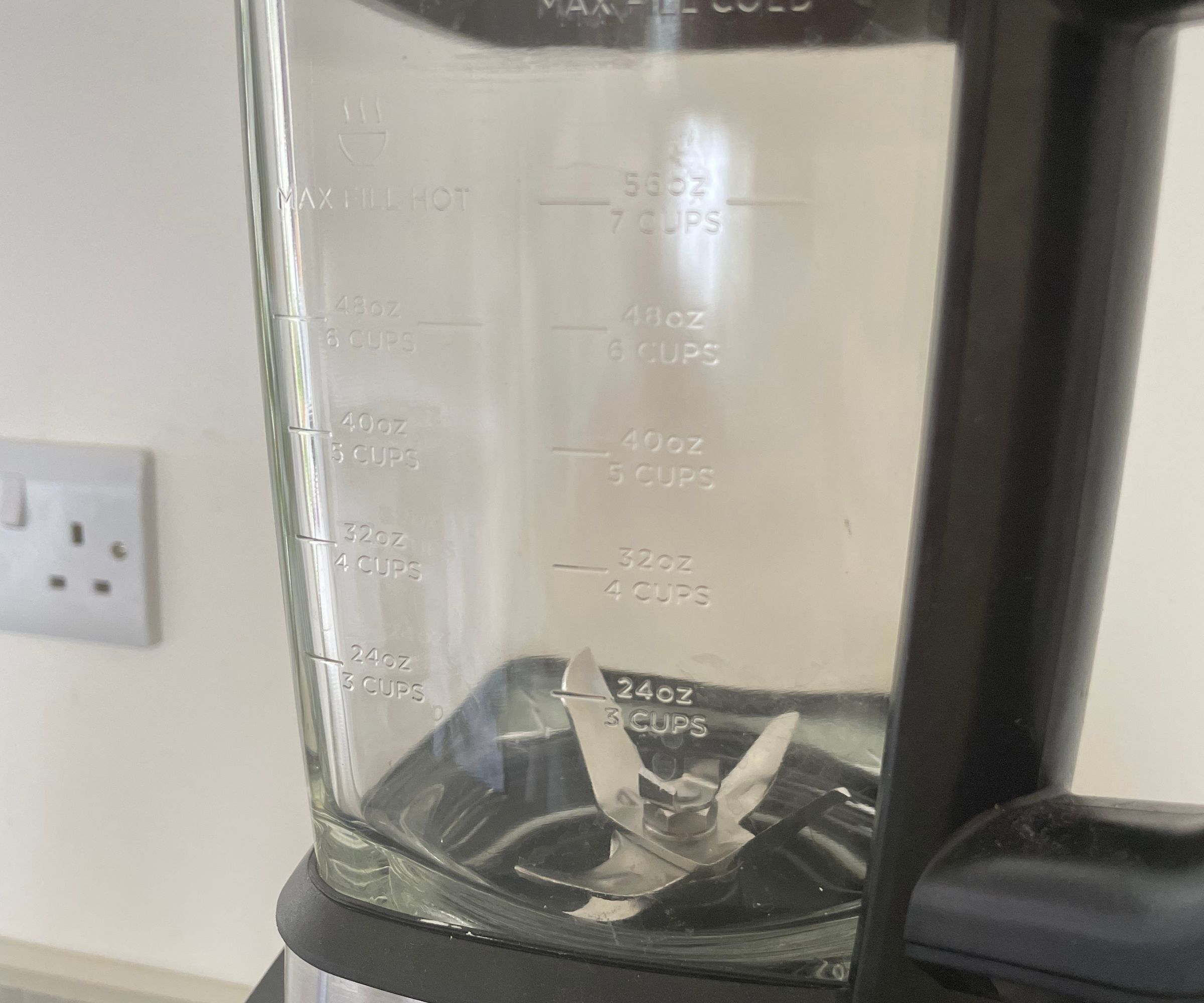
Ninja have refined their packaging so that everything is recyclable. The Ninja Hot + Cold Blender arrived in a cardboard box with nothing but some tissue paper cushioning it. It was in pristine condition too, so it was a success all round.
Ninja sends a neat instruction manual and recipe book for inspiration. It might look flimsy, but the recipes on offer from Ninja let you explore the different functions whilst knowing that you'll get delicious results too. You'll also get a tamper, for pushing ingredients down into your blender, and a cleaning brush. It's a generous set of extra accessories from Ninja, none of which I'd want to be without.
Who would it suit?
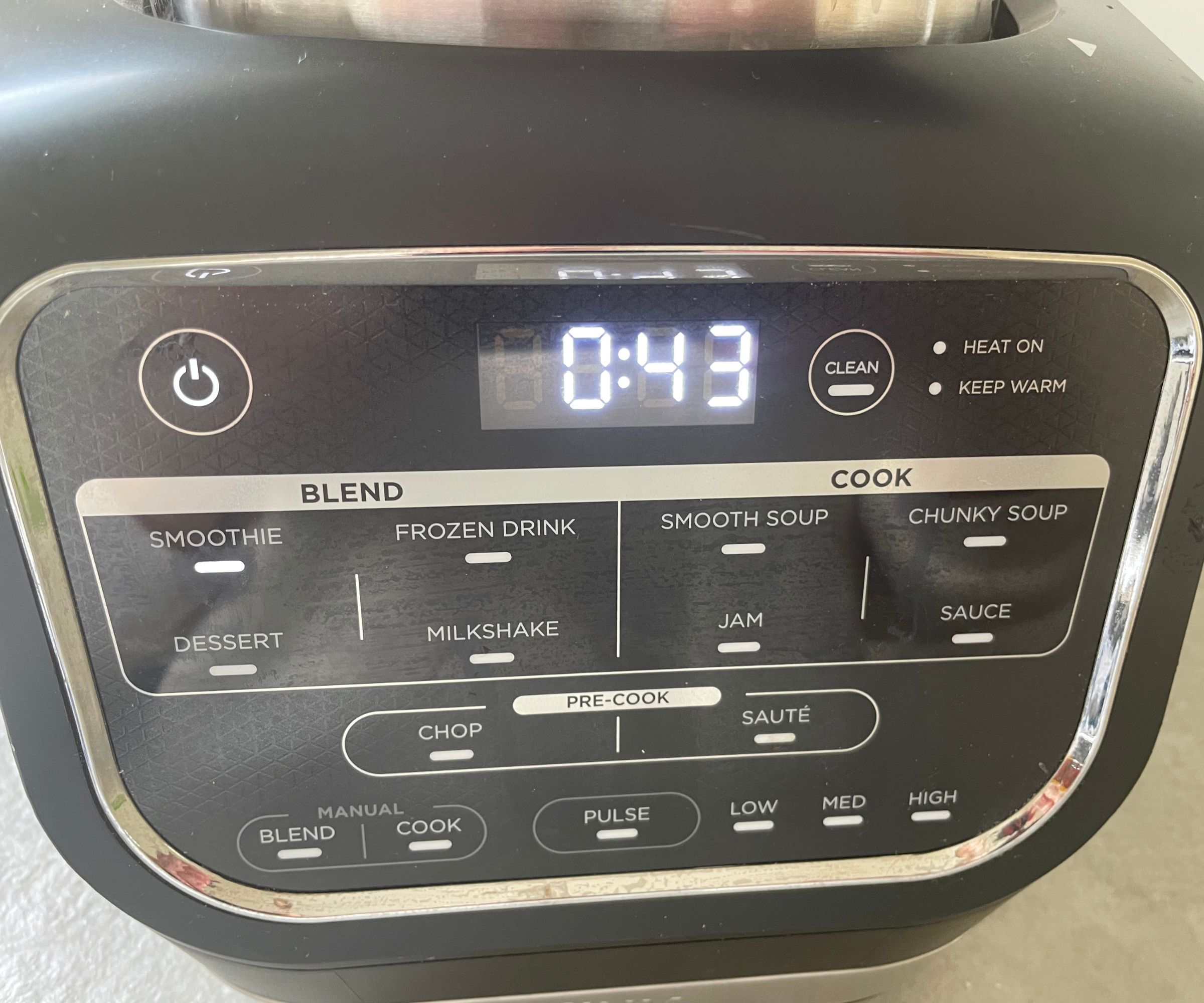
The Ninja Hot + Cold Blender has some seriously diverse appeal, which is why all five of our experts ended up investing in one. The first people I'd recommend this to are people who want to make their own soups. The chop, saute, chunky soup, and smooth soup functions pre-set onto the blender meaning that you don't need to do any prep work, except for sourcing your ingredients. You can have a homemade, piping hot soup in 20 minutes, which is really satisfying.
The other people who this is basically made for are big, busy families. The Ninja Foodi Hot + Cold will suit homes of more than four people for a number of reasons. Firstly, it has a 64 oz capacity, which means that you have room to batch-make soups, smoothies, and sauces. You can choose between manual 'blend' settings as well as 'cook' settings for hotter concoctions. It's really useful.
Secondly, the versatile functions are enough to cover a range of different demands: you can make jam, soup, smoothie bowls, ice cones, dips, sauces, and chopped vegetables in just one appliance. Everyone can use it for exactly what they need. The biggest battle will be who gets to use it first.
The final reason that I recommend this to bigger homes is the size. Whilst it's really useful to have a big blender, this can make it tricky space-wise. I will be able to tuck it away under the standard kitchen cabinet, albeit with a small amount of space, but when you're using it for hot foods, it'll need to be pulled out, otherwise steam will flood under your cabinets.
It's a fuss-free, top-quality option that it's easy to love. There's no need to navigate your way around a maze of settings, Ninja does it all for you. The only fiddly part of the process is the cleanup (more on that later) and I think it's worth pushing through.
What is it like to use?
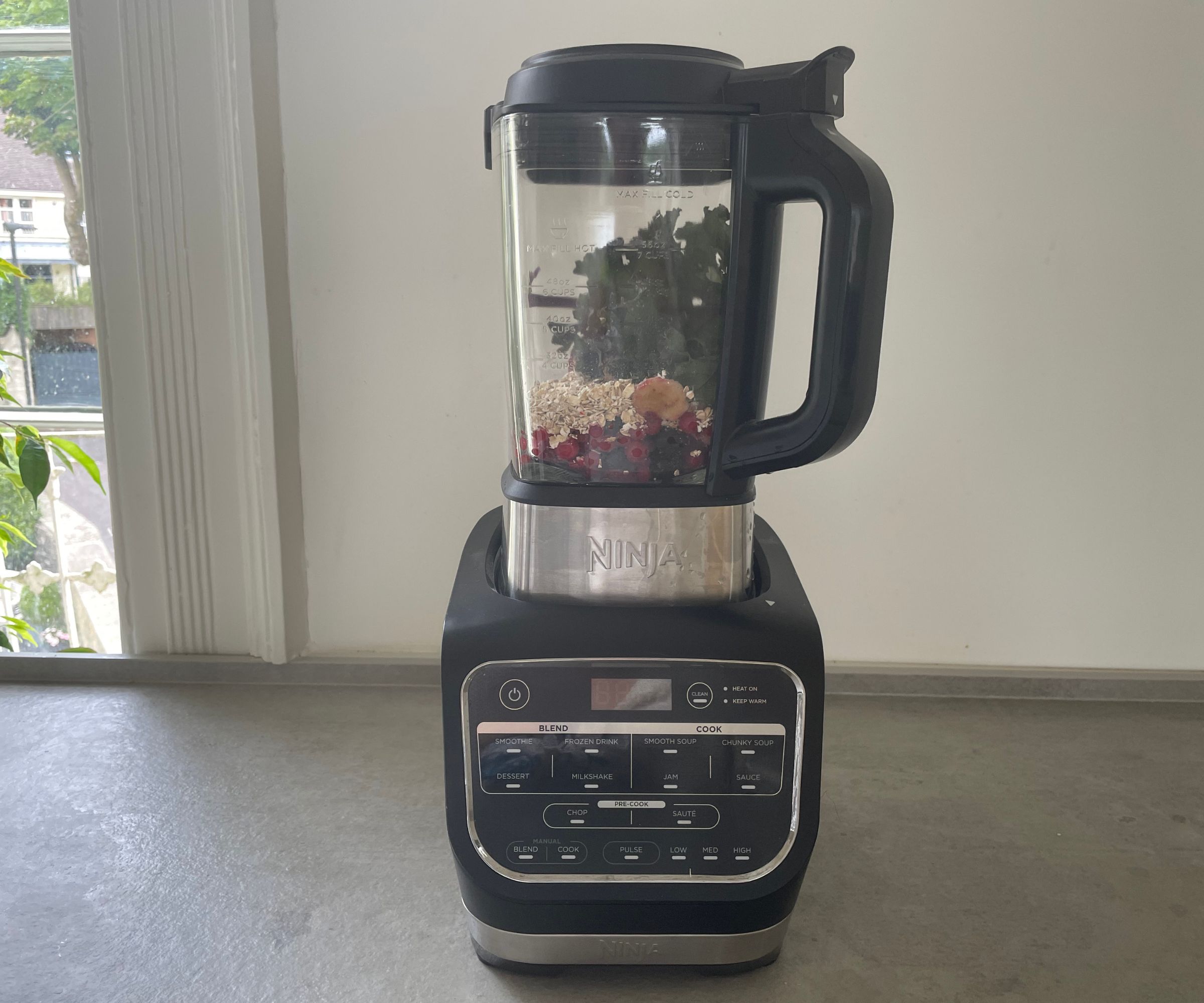
Since our test day, Ninja Hot + Cold at least once a week, so I'm more than familiar with all of the functions. Different people are likely to reach for the jam function, for example, more than others, but I'll walk you through the key features and settings, as well as our standard tests for any and every blender. It was a dream.
Test 1: smoothies and protein shakes
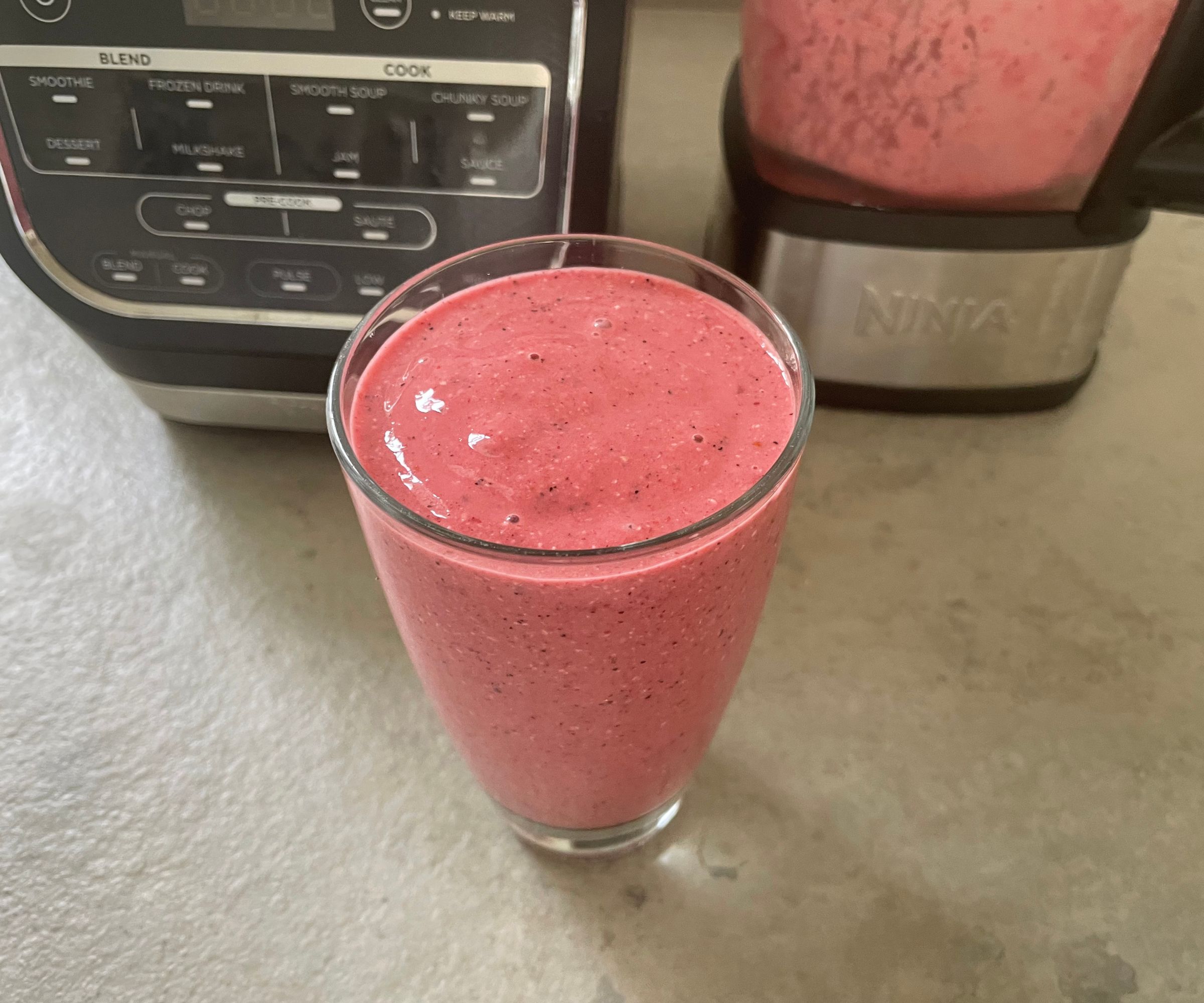
Smoothies and protein shakes go hand in hand, so it was important that the Ninja Foodi Hot + Cold could make a decent smoothie as well as a protein shake.
The first test that we ran the Ninja Foodi Hot + Cold through was a simple smoothie. I put some frozen berries, bananas, oats, almond milk, and spinach into the blending jug. This tests how well the machine can handle icy, seedy berries, as well as fibrous oats, and tough spinach. I pressed the smoothie button and the timer started running. The Ninja reckoned that it needed just one and a half minutes to whizz up the perfect drink and it wasn't wrong. When the blender chimed that it was finished, the smoothie looked like perfection. I had a sip, and the drink didn't have any seeds or fibres left behind. I've since lost count of the different flavour combinations that I've tried to make in the Ninja Hot + Cold and each one has been perfect. I've never had a bad smoothie in this.
The next test is, of course, a little trickier. If you're a gym goer or you struggle to hit your protein intake, you might add a scoop of powder to your smoothies. If your blender isn't very good, these will end up with lumps of powder, which is never very delicious. If your blender is good (and the Ninja Foodi Hot + Cold is) it'll effortlessly incorporate the protein into the smoothie, no lumps, no powder, just a purely delicious drink.
I've ended up using the manual setting on my blender, not because the pre-sets are bad, but because I like to have control over the texture of my drinks.
Test 2: soup
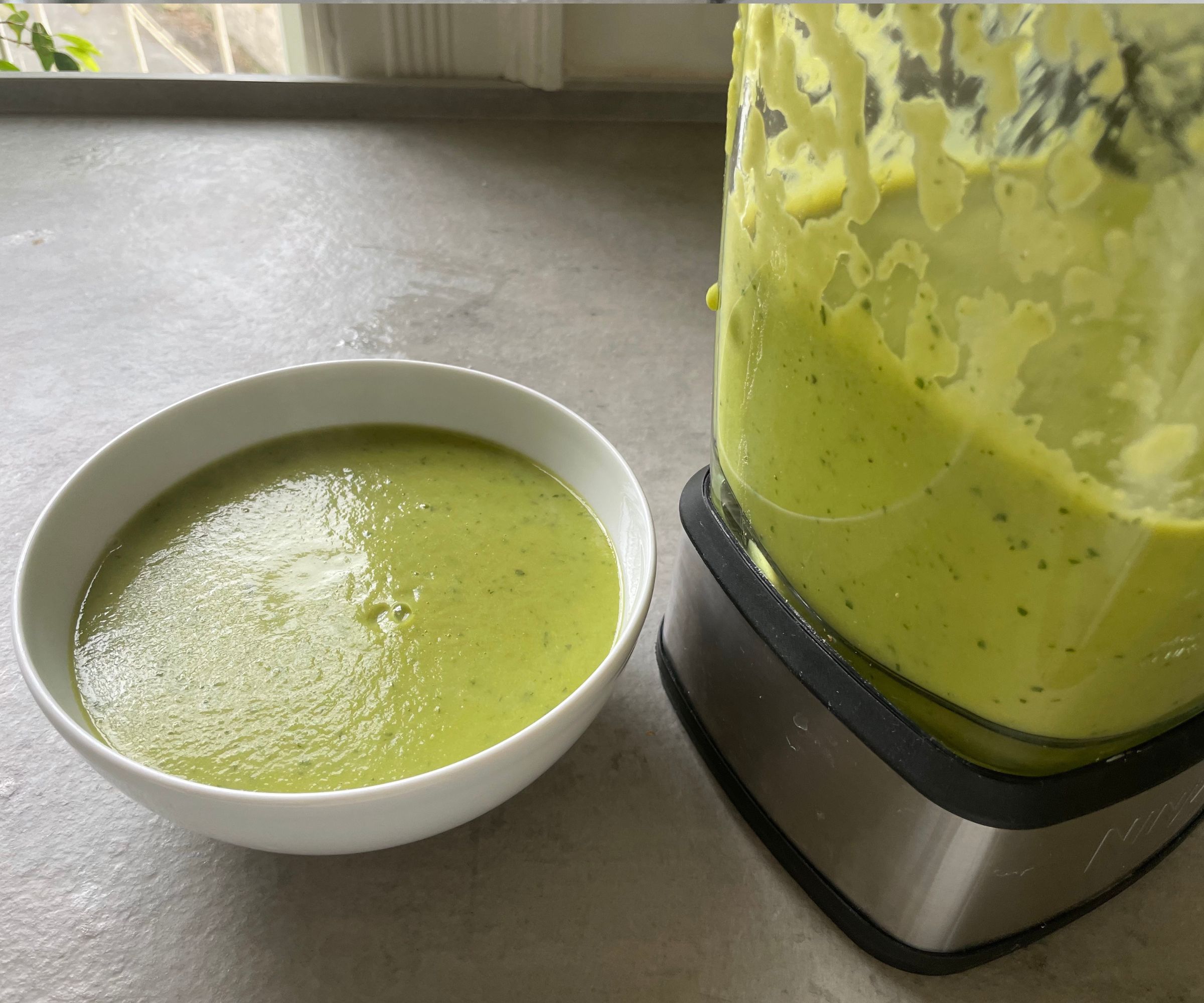
The soup function is what really makes the Ninja Foodi Hot + Cold stand out from all the other models on the market. It has heating elements as well as sharp blades that can chop and saute onions and garlic for the base of any of your soup. I've made pea and mint soup, butternut squash soup, carrot soup, and tomato soup in the Ninja Hot + Cold, all of which have been great successes.
The recipe that I followed to make my pea and mint soup was simple. I used the chop function to chop a whole white onion and four cloves of garlic. Then, I added some oil and set the saute function running. The Ninja times all of these stages, notifying you when it's finished each one.
After that, I added 500 grams of peas, one stock cube, and 500 ml of water, and pressed the smooth soup setting. The timer was counting down from 30 minutes, bubbling and boiling the water, cooking my peas and vegetables perfectly. It whizzed my peas into a deliciously smooth soup. I added in some springs of mint and, again, my soup was wonderfully well blended.
If you pour the soup straight after the Ninja has cooked, you'll end up with a piping-hot bowl that's too boiling to sip.
Test 3: hummus and dips
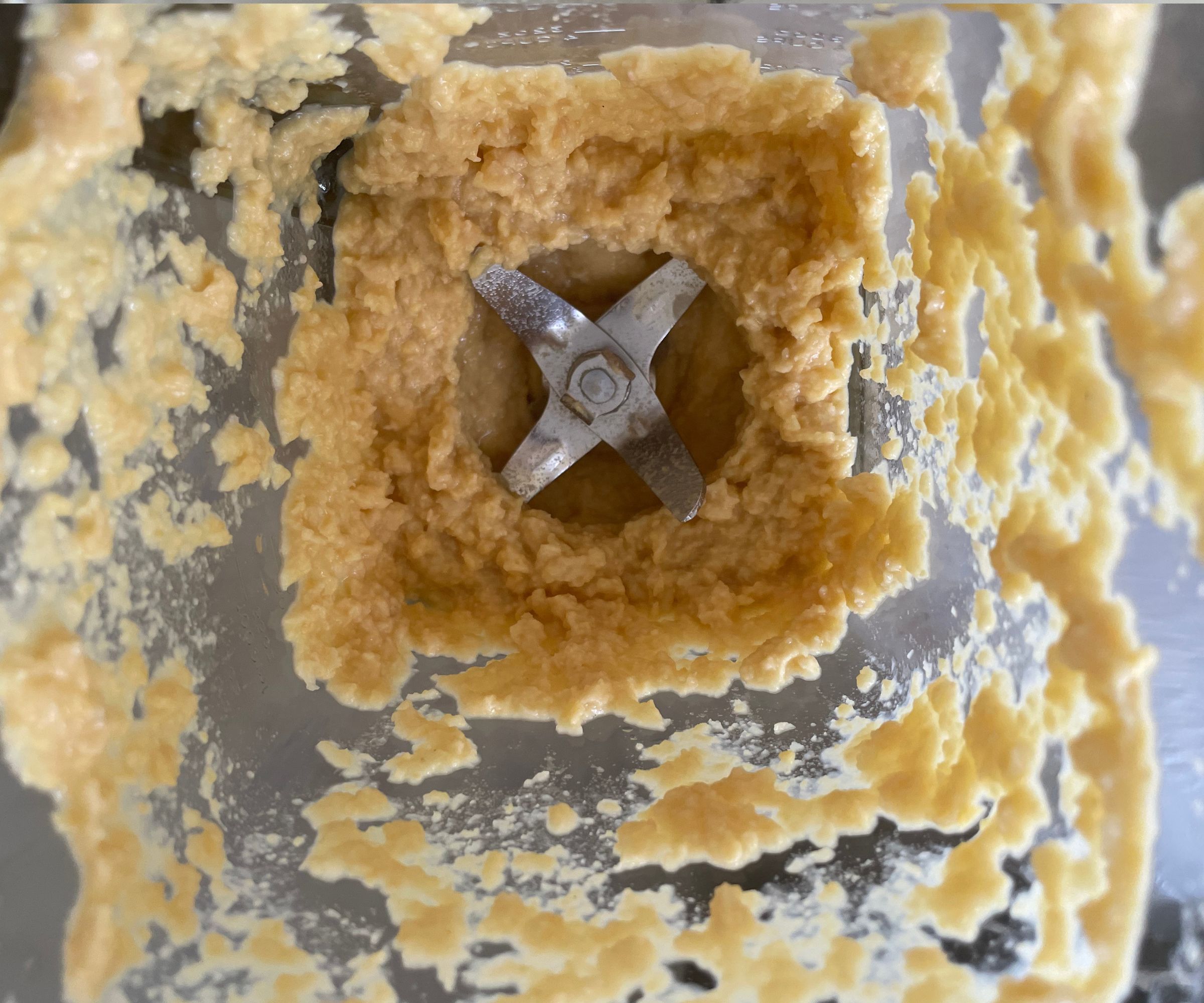
As you lower the liquid content in any task, blenders begin to struggle. It's only natural, but I think it's important that you can use your blender for more than just drinks. I added a can of chickpeas, a spoon of tahini, a sprinkle of cumin, and salt.
I tend to use manual settings for tasks like this. I ran this on the low blending setting and in just under two minutes, the Ninja made a hummus that looked like the image above. It was still pretty chunky and I think the results would have been better with a couple of tins of chickpeas (rather than just one), but that would have made too much hummus, even for me and my family.
I didn't mind the chunky hummus and I've used this to make falafel mixes, sausage roll fillings, and sweet potato mashes, as well as guacamole and salsas. It's not short on options, just not quite perfect on small quantities with a low liquid content.
Test 4: crushing ice
The toughest test for any blender is crushing ice, whether that's for iced cocktails or ice cones, it's really useful if you know your blender can tackle the toughest ice cubes. I added a handful of ice to the pitcher, set the Ninja Hot + Cold to a high setting, and it whizzed them into a mist in seconds.
Cleaning
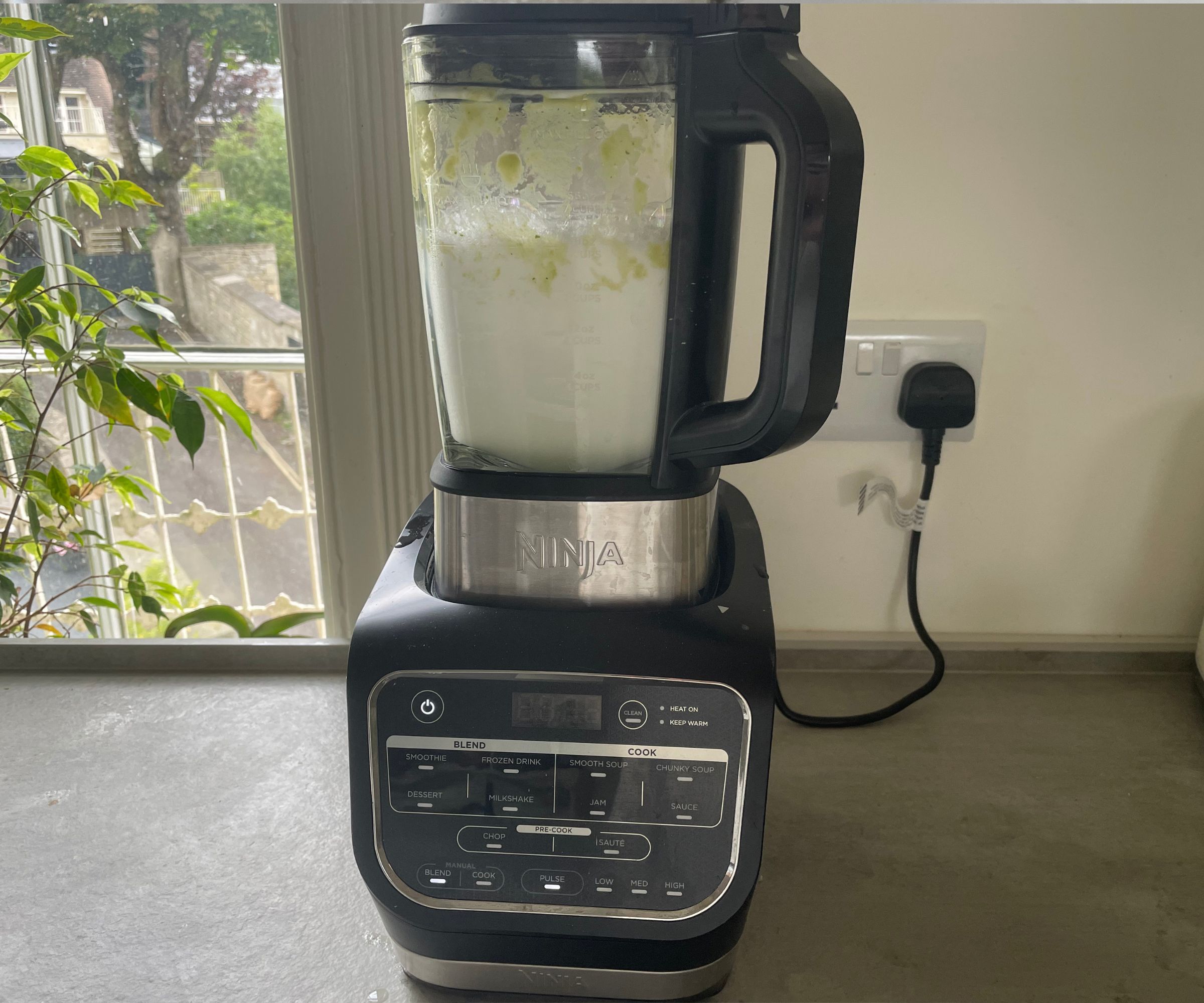
If I could change one thing about the Ninja, it's the way that you have to clean it. The heating elements can't be submerged when washing up, so you have to add water and a few drops of washing up liquid to the pitcher. Then, you set it running on the base, using the 'clean' setting, and it'll blend and clean the walls of the glass pitcher.
The process is quick and effective, although I sometimes have to reach a little deeper into the blending seal, using the cleaning brush, but that always does the job.
How does it compare?
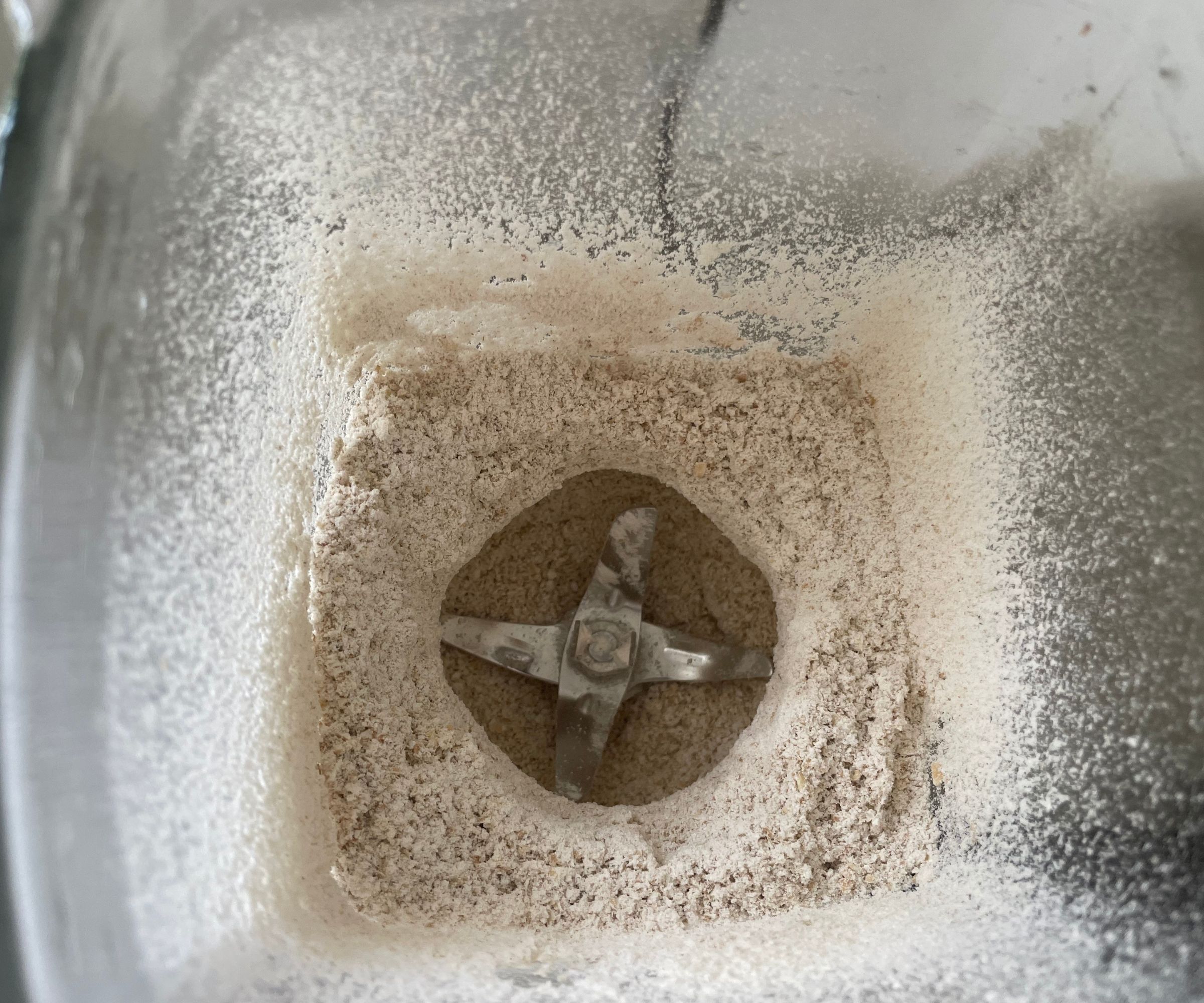
I've tested a number of blenders that claim to be soup makers since my experience with the Ninja Foodi Hot + Cold and none of them are as good as this one. If you wanted to save a little more money, the Braun TriForce Power Blender is a great investment. It's just £150, can make a hot soup in seven minutes, and really redefines what 'power' means.
The downside of the Braun TriForce Powers blender is that it doesn't feel as premium as the Ninja, nor is it as expert. The pitcher is plastic and a little flimsy, and the results don't feel quite as refined. I would trust it to chop an onion, but I wouldn't trust it to cook and blend it as perfectly as the Ninja would.
The Ninja Foodi Hot + Cold is much more considered and consistent in its chopping, cooking, and general performance. It's a little more expensive, but it's worth it.
Should you buy it?
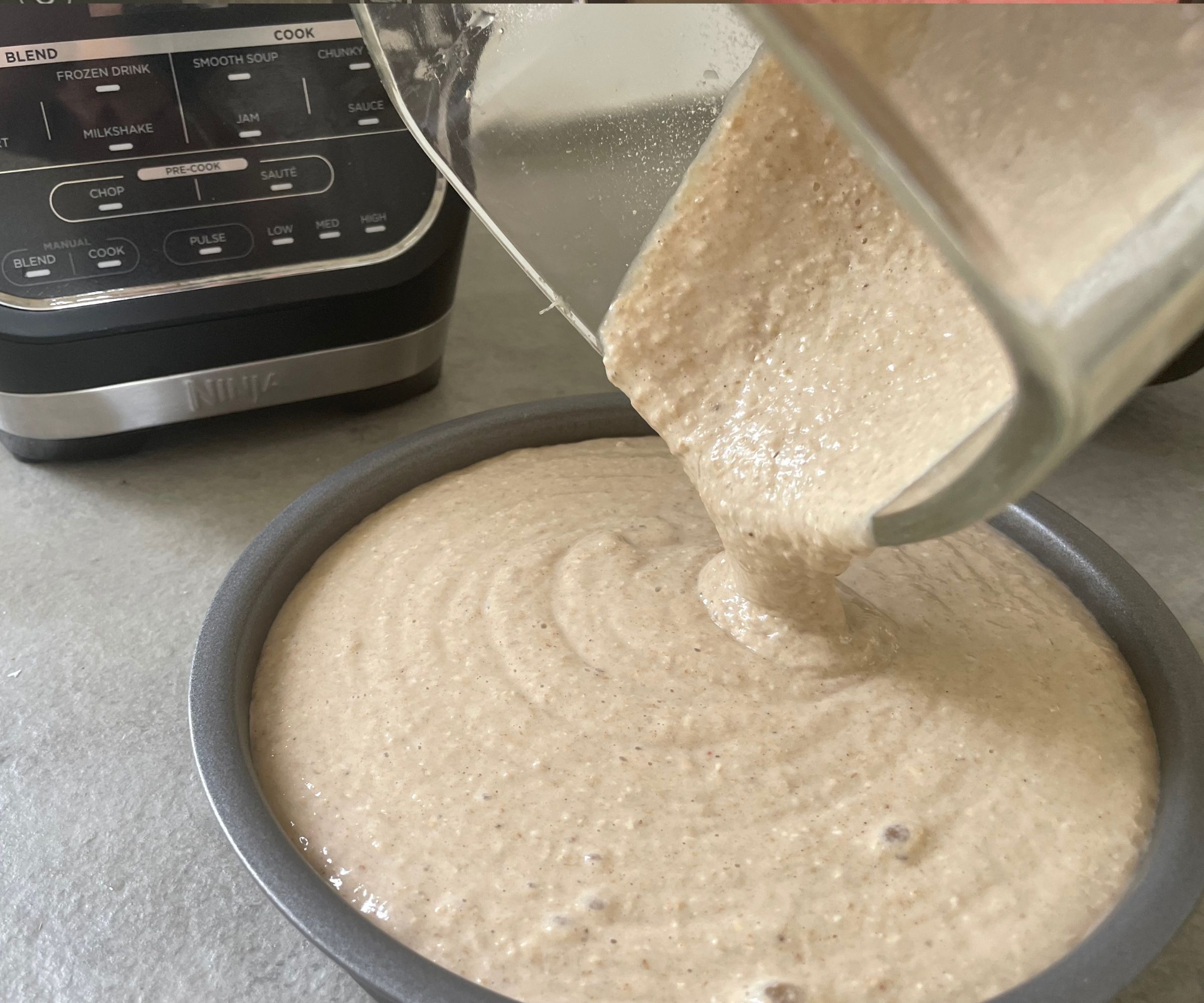
If you want heat without a hob, juice without a bar, and sauce without the shops, the Ninja Hot + Cold is the perfect blender. It's rare that us expert testers fork out on a new product, so for all five of us to make the investment is one serious tribute to the Ninja. If they could make it dishwasher safe and a tiny bit quicker for making soup, it would be perfect.
How we test
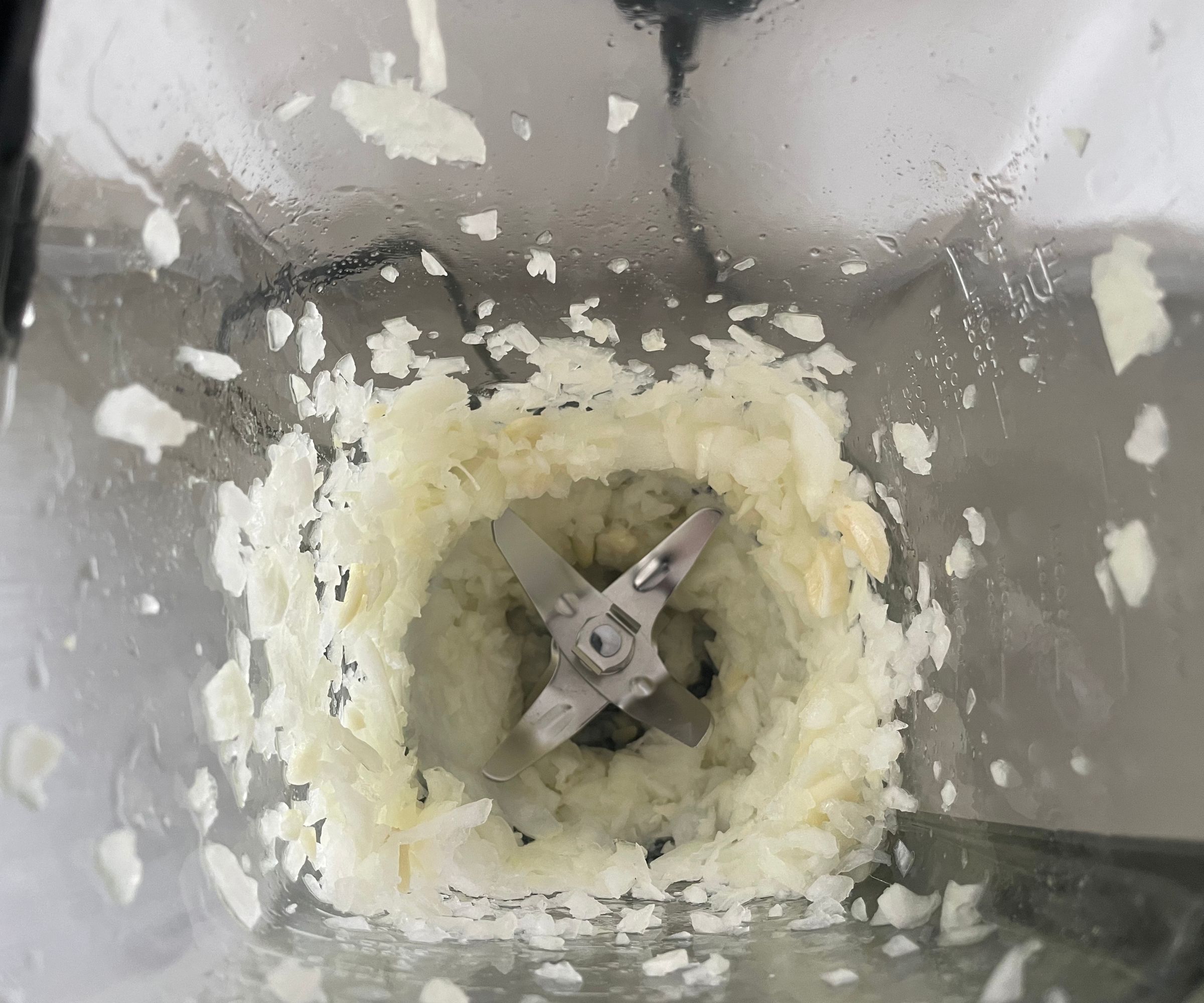
At woman&home, we put all of our blenders through rigorous rounds of testing before we write up a review for you. It all starts with research into which blenders are making splashes on the scene, whether that's for their competitive price, innovative design, or sheer style.
Once we've seen something that we think you'll like, we call it in to our test kitchen. Here, our experts can see exactly what this is like in-person. We made notes on the weight, aesthetics, storage, packaging, and other external features. Anything that catches our eye gets noted down.
We then have a series of standardised tests that are designed to assess the versatility and quality of a blender. We make smoothies with tough spinach, fibrous oats, and seedy berries in; we make hummus, which has a lower water content; and ice, which is really tough to crush. In cases such as the Ninja Foodi Hot + Cold, we also made soups and sauces, so that you would know whether the extra features were any good.
After we were satisfied with our tests, we cleaned this up (making notes on that part of the process too). We compared this to similar models, looked-up reviews, and came to conclusions on the value of the blender. Essentially, we want you to know everything you should to make an informed decision on whether this is the right blender for you, your home, and your kitchen.







